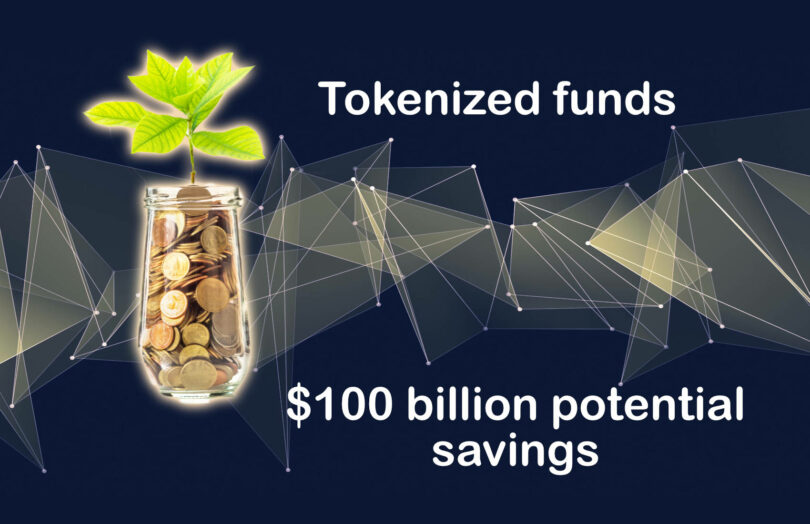In the realm of tokenization, Boston Consulting Group (BCG) is known for estimating (in 2022) that the market size of tokenized real world assets (RWA) would reach $16 trillion by 2030. Now it has published a whitepaper in conjunction with Aptos Ascend and Invesco, predicting that the tokenized fund sector could reach $600 billion by 2030 if growth is similar to ETFs. For the record, ETFs reached 1% of the assets managed by mutual funds within seven years.
In case you wondered, the $600 billion figure is $200 billion more than the tokenized funds estimate included in the $16 trillion forecast.
BCG splits the market potential into existing crypto investors versus traditional investors. Current crypto investors represent a potential demand for up to $290 billion of tokenized funds. But the real demand measured in trillions will come from traditional financial institutions.
The new tokenized fund whitepaper estimates that tokenization can potentially enhance annual investment returns for mutual fund investors by $100 billion annually, but that’s only if ALL mutual funds are tokenized. Hence, based on its 2030 estimate of 1% of mutual fund assets, that would translate to a $1 billion uplift by then.
So where does the $100 billion come from? Half of the gain comes from instant settlement which would unlock trapped capital. Another $33 billion comes from efficiencies resulting in leaner fees, closer to ETF charges. A side effect of instant settlement is that it’s possible to lend collateral more easily, potentially resulting in $12 billion in additional interest income.
Apart from the $100 billion estimate, BCG also sees another potential ‘opportunistic’ gain from sophisticated investors capturing intraday NAV fluctuations. This potential opportunity could be anything from $80 billion to $400 billion annually.
Tokenizing alternative funds
Meanwhile, late last year Bain & Co and JP Morgan explored the potential opportunity in tokenizing alternative funds. If high net worth individuals (HNWIs) increase their exposure to alternative investments, then up to $12 trillion in additional funds could flow into the sector, yielding $400 billion in revenues. Asset managers would take the lion’s share of $270 billion, with wealth managers earning $100 billion and trading platforms $30 billion.






